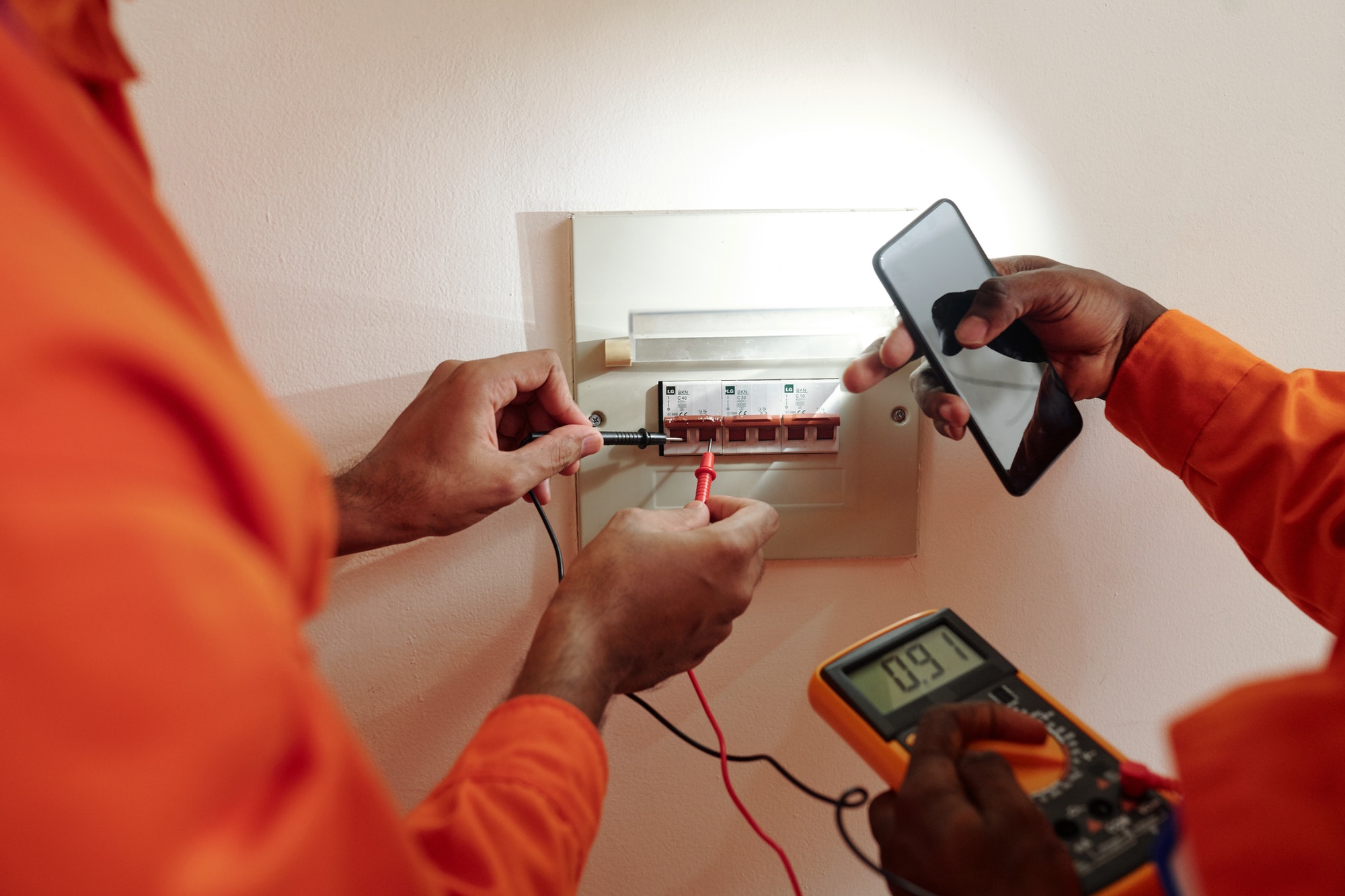The Electrical Installation Condition Report (EICR) is a critical document that assesses the safety, integrity, and overall condition of electrical installations within a property. Here’s a comprehensive look at its importance:
1. Ensuring Safety
- Identifying Hazards: The EICR identifies potential hazards and defects within an electrical installation. This includes issues like faulty wiring, overloaded circuits, and inadequate earthing, which can pose serious safety risks.
- Preventing Accidents: By highlighting areas of concern, the EICR helps prevent electrical accidents, including shocks, burns, and fires. Regular inspections and timely repairs ensure a safer environment for occupants.
2. Legal Compliance
- Regulatory Requirements: In many regions, EICRs are a legal requirement for rental properties, workplaces, and public buildings. Compliance with these regulations is mandatory to avoid penalties and legal repercussions.
- Landlord Responsibilities: Landlords are required to ensure that their properties meet electrical safety standards. An up-to-date EICR demonstrates that a landlord is fulfilling their legal obligations to provide a safe living environment.
3. Insurance Validity
- Insurance Policies: Many insurance companies require a valid EICR as part of their policy conditions. An up-to-date EICR can help ensure that insurance claims related to electrical faults are not rejected due to lack of compliance.
- Risk Assessment: Insurance providers often assess risk based on the condition of electrical installations. A satisfactory EICR can lead to lower premiums by demonstrating that the property is well-maintained and poses fewer risks.
4. Maintenance and Longevity
- Preventive Maintenance: Regular EICRs facilitate preventive maintenance, identifying issues before they escalate into major problems. This can help avoid costly repairs and downtime in the future.
- Prolonging Equipment Life: Proper maintenance based on EICR findings can extend the lifespan of electrical installations and equipment, ensuring they operate efficiently and safely for longer periods.
5. Energy Efficiency
- Identifying Inefficiencies: EICRs can reveal inefficiencies within the electrical system, such as outdated or energy-wasting components. Addressing these issues can lead to more efficient energy use.
- Cost Savings: Improving energy efficiency based on EICR recommendations can result in significant cost savings on energy bills over time.
6. Property Value
- Marketability: Properties with up-to-date EICRs are more attractive to potential buyers and tenants. A satisfactory report indicates that the property is safe and well-maintained.
- Value Preservation: Regular inspections and maintenance help preserve the value of the property by preventing deterioration and ensuring that electrical systems are up to standard.
7. Peace of Mind
- Assurance: An EICR provides peace of mind to property owners, occupants, and managers, knowing that the electrical installations have been professionally inspected and deemed safe.
- Confidence: Occupants and stakeholders can have confidence in the safety and reliability of the electrical systems, reducing anxiety and fostering a sense of security.
Components of an EICR
- Visual Inspection: A thorough visual inspection of the electrical system to check for obvious signs of damage or wear.
- Testing: Comprehensive testing of the electrical installations, including circuits, connections, and protective devices, to ensure they are functioning correctly.
- Report Findings: Detailed documentation of any defects, potential issues, and recommended actions. The report typically includes a classification of issues based on their severity.
Frequency of EICR
- Residential Properties: Generally recommended every 5 years or at the change of occupancy.
- Commercial Properties: Often required every 3 to 5 years, depending on the nature of the business and regulatory requirements.
- High-Risk Environments: In environments with higher risks, such as industrial settings, more frequent inspections may be necessary.
The EICR is an essential tool for maintaining electrical safety, ensuring compliance with regulations, and protecting property and lives. Regular inspections and adherence to EICR recommendations can help create a safer and more efficient environment for everyone.






